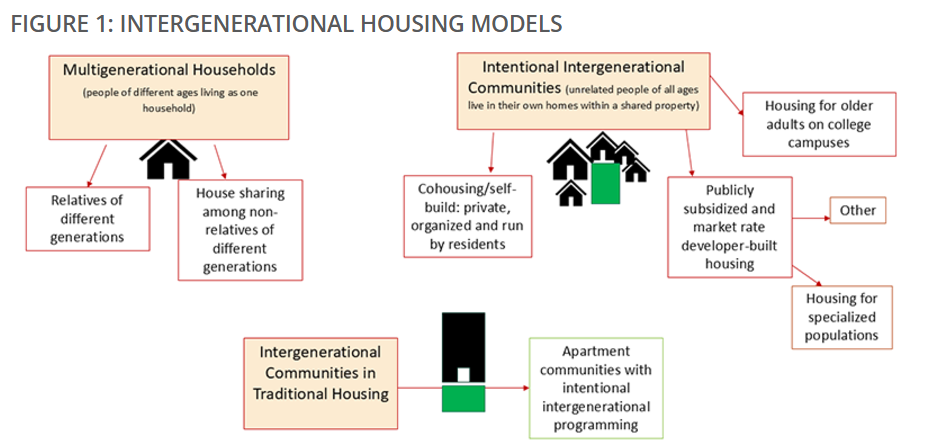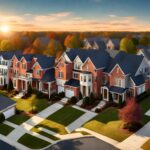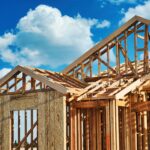Intergenerational residential communities, designed to support individuals of all ages in affordable, socially engaging settings, are emerging as a solution to address challenges like social isolation and housing costs. Although currently limited in availability, these communities bring together households from diverse age groups, focusing on relationship-building, while providing supportive services and affordable housing options.
A recent report titled Healthier Lives Across Generations: A Blueprint for Intergenerational Living, the result of a partnership between Generations United, Harvard’s Joint Center on Housing Studies, and LeadingAge, provides a roadmap for scaling up intergenerational housing. The Blueprint draws on findings from a symposium held at Harvard in spring 2024 and previous studies, including lessons learned from similar models in Germany.

Barriers to Growth in Intergenerational Housing
The Blueprint identifies several challenges unique to intergenerational communities, such as identifying and securing sites, aligning housing and service subsidies, and ensuring age diversity as residents transition in and out. Navigating multiple public subsidies often complicates financing, while zoning and regulatory hurdles can prevent projects from launching. Additionally, sustaining a supportive community environment requires balancing the needs of individual residents with the broader community over time.
In these settings, models vary widely, including resident-developed communities like cohousing and purpose-built properties such as One Flushing in Queens, New York, which intentionally serve mixed-age residents and provide social amenities. Specialized intergenerational communities, such as Bridge Meadows and Treehouse Foundation, focus on supporting families adopting or fostering children, alongside older adults. These examples demonstrate the potential impact of intentional, intergenerational housing but highlight the difficulties in bringing similar projects to scale.
Blueprint Strategies for Addressing Barriers
The report outlines four key pathways to address these barriers and expand intergenerational living:
- Building Evidence: The report calls for further research on the health and satisfaction benefits of intergenerational communities, focusing on whether these environments help older adults maintain functional independence.
- Raising Awareness: Public awareness and market research are essential, as many people may be unaware of this housing model or its potential to meet diverse needs.
- Advancing Policy and Financing: Developing financing programs that align housing and service subsidies and addressing zoning barriers could support the growth of intergenerational housing.
- Learning from Existing Models: By sharing operational insights, existing communities can guide others in tackling financing, design, and management challenges, which are key to long-term success.
Potential for Wider Adoption
The report emphasizes that while each community is unique, scalable intergenerational housing is possible. Government, industry leaders, and philanthropists all have roles to play in expanding these communities. By addressing common barriers, intentional intergenerational communities could transition from niche projects to more widely available housing alternatives, fostering connection and support for people of all ages.
Click here to download the report Healthier Lives Across Generations: A Blueprint for Intergenerational Living.






